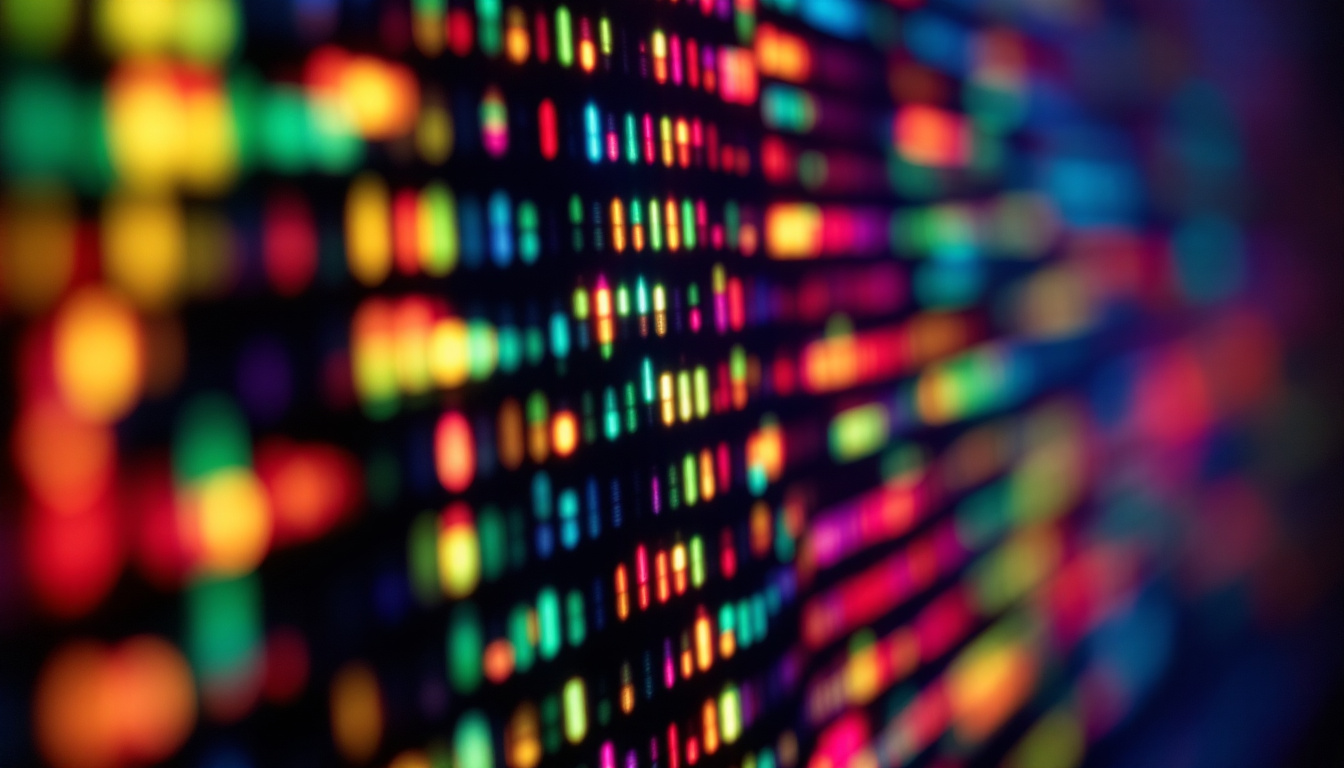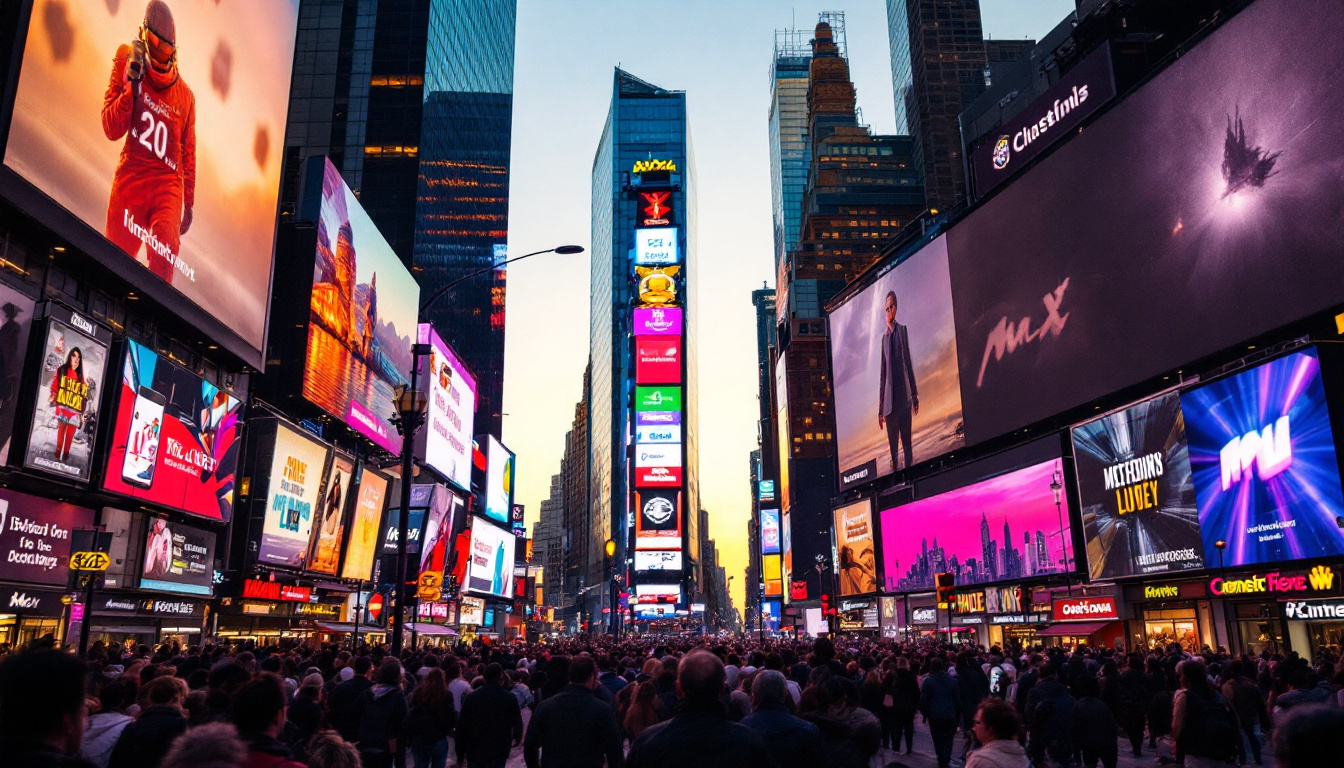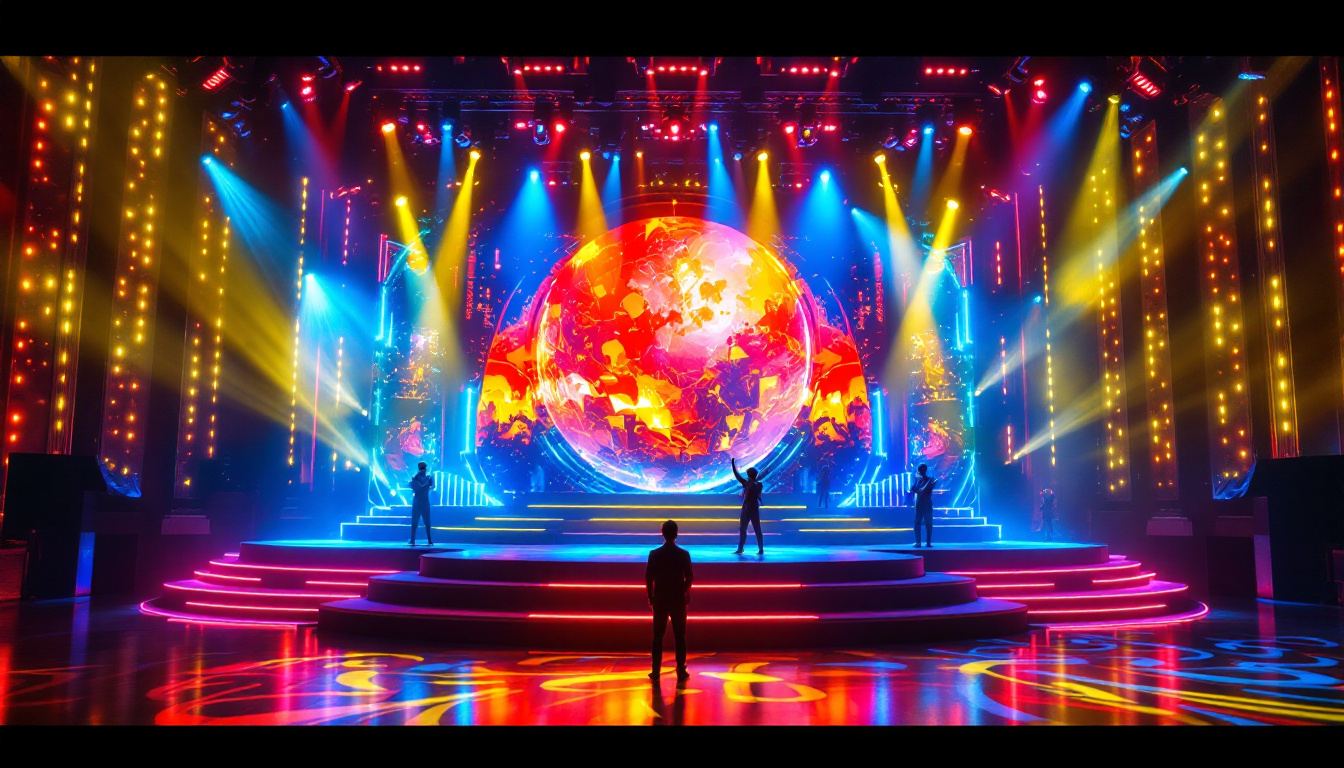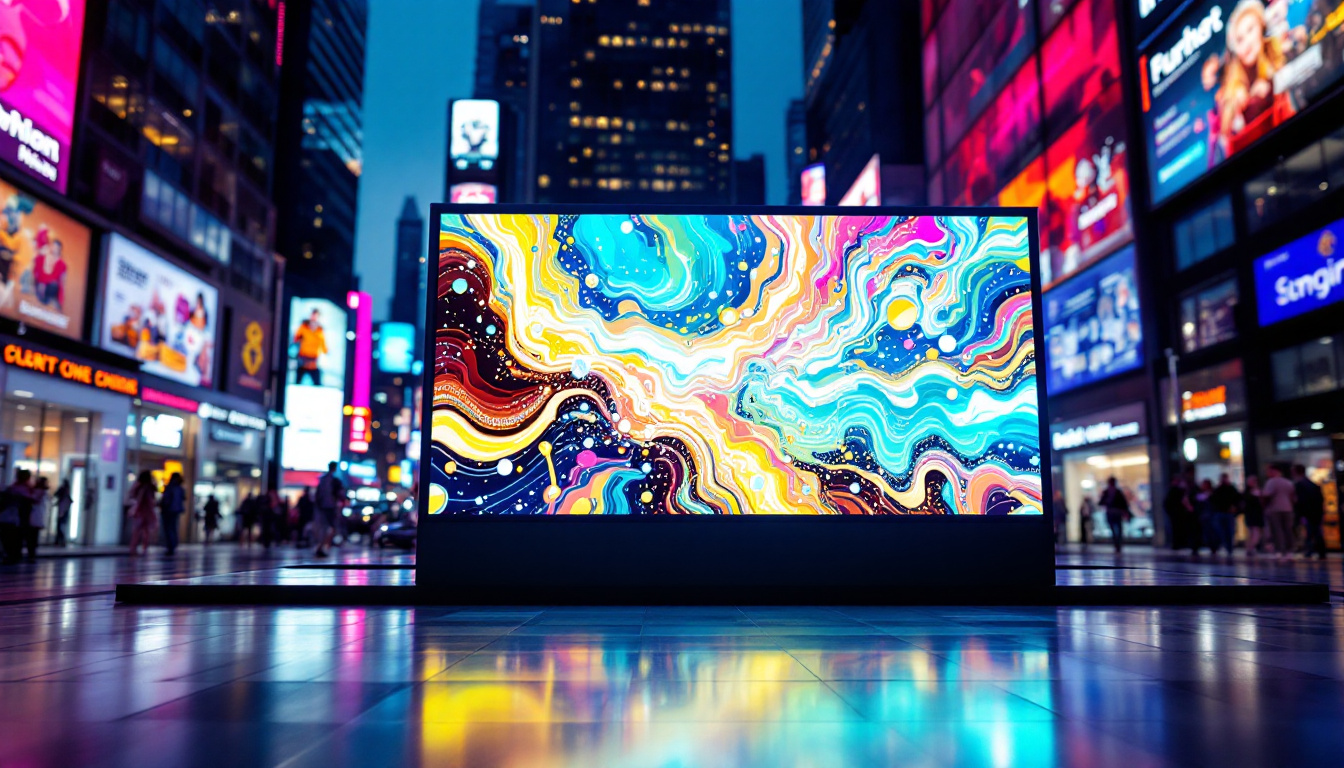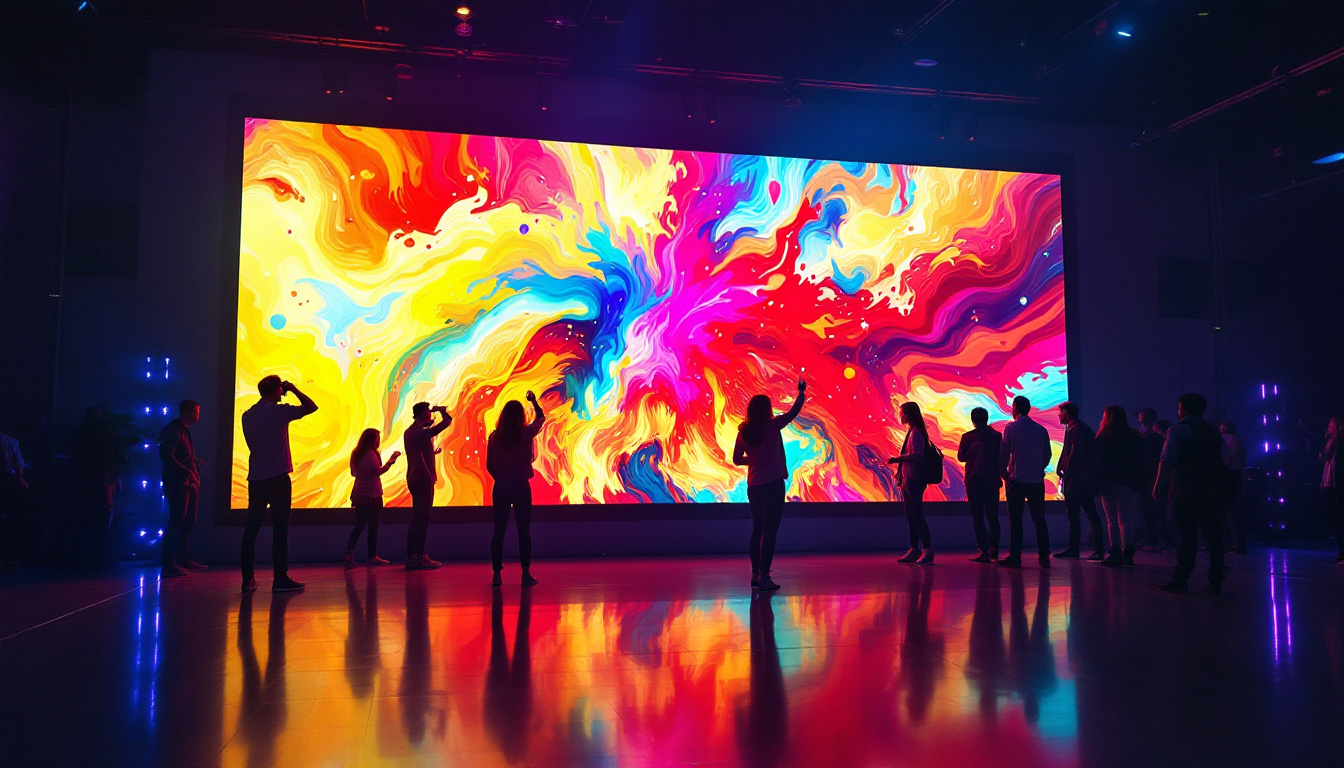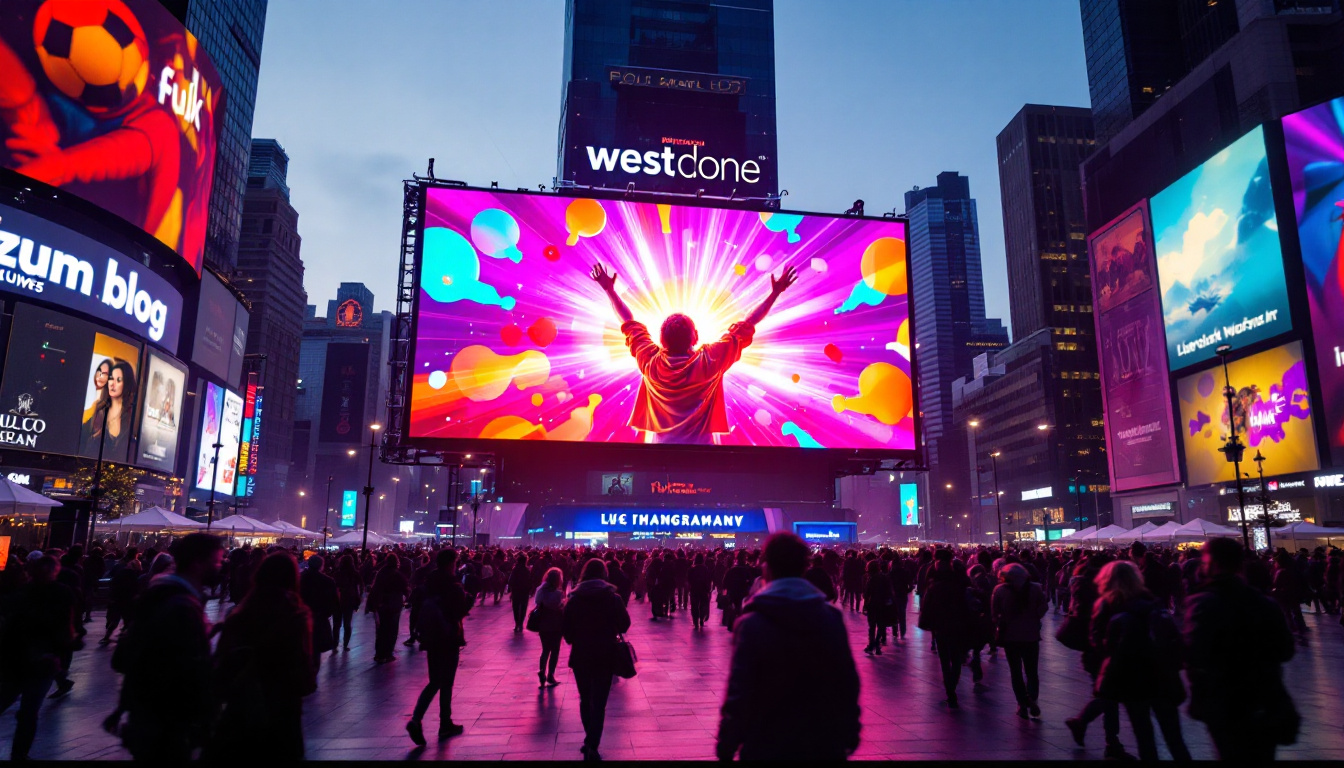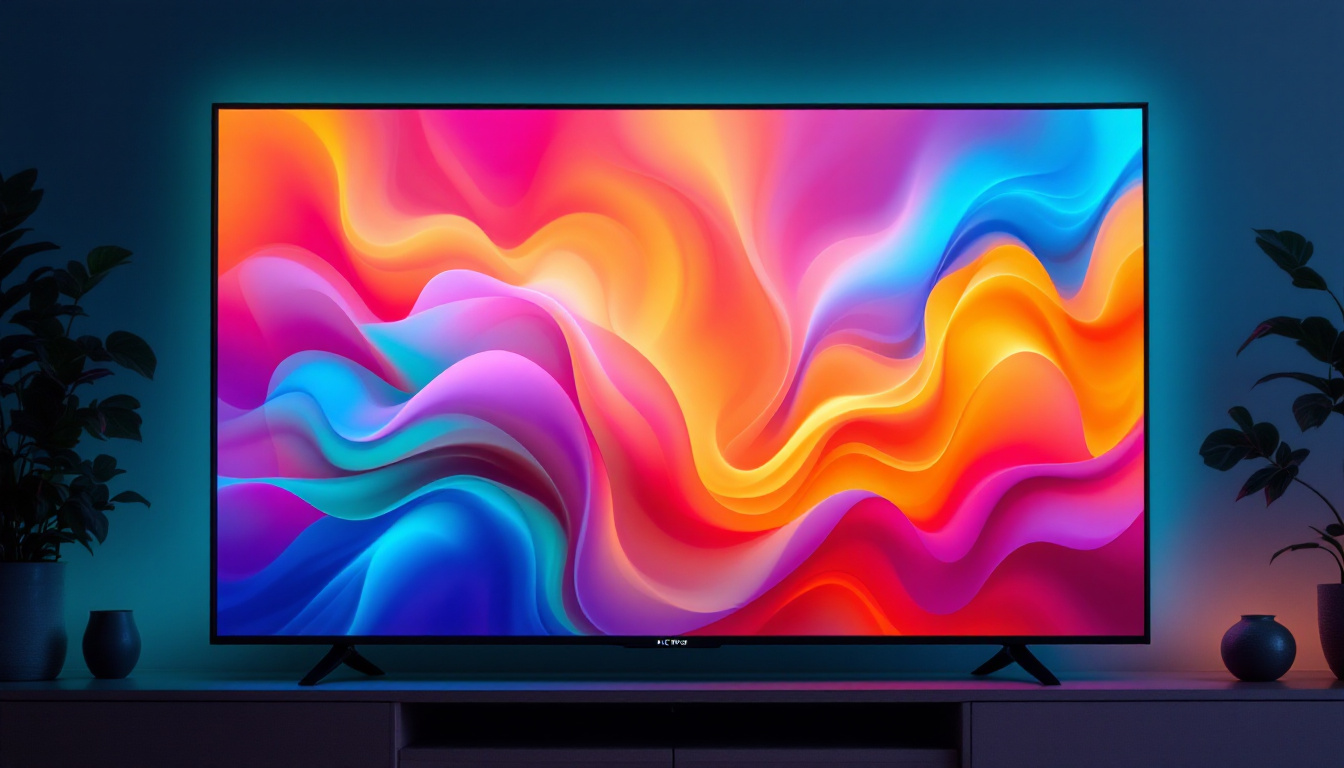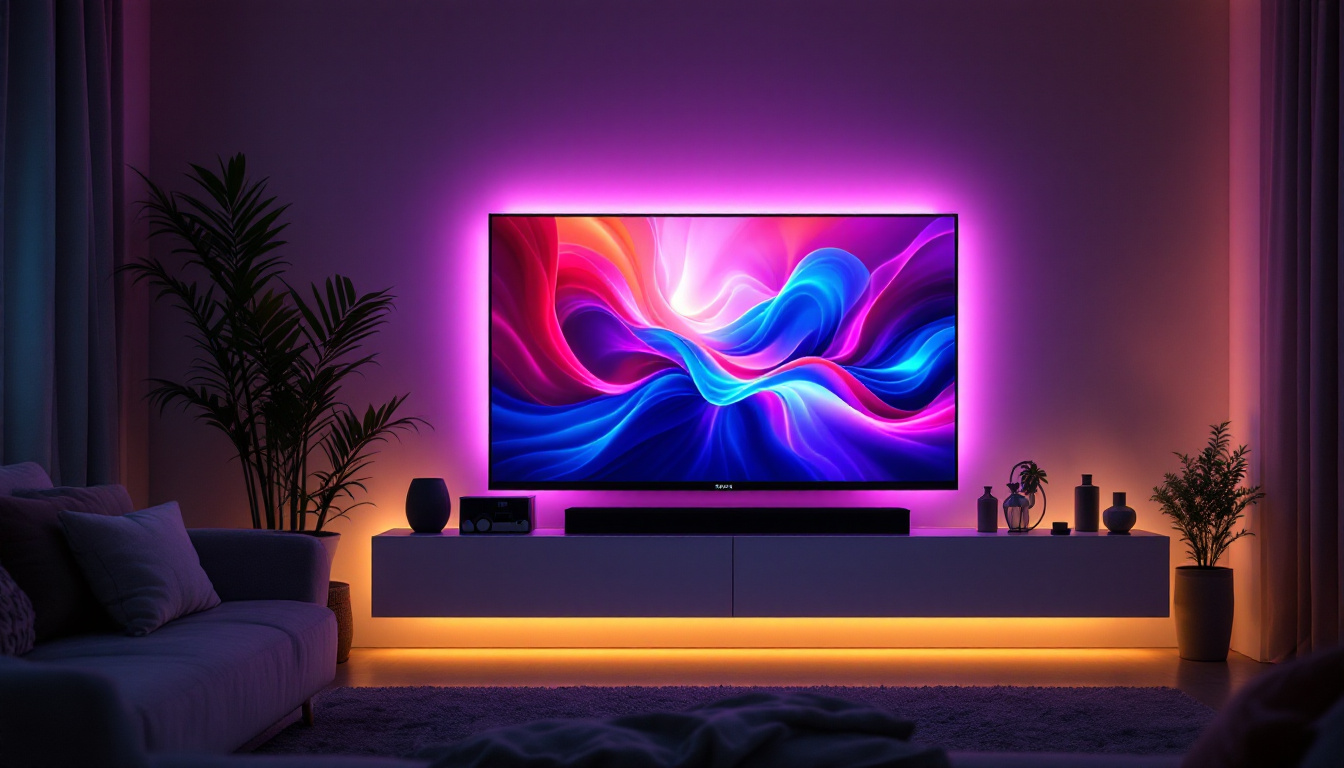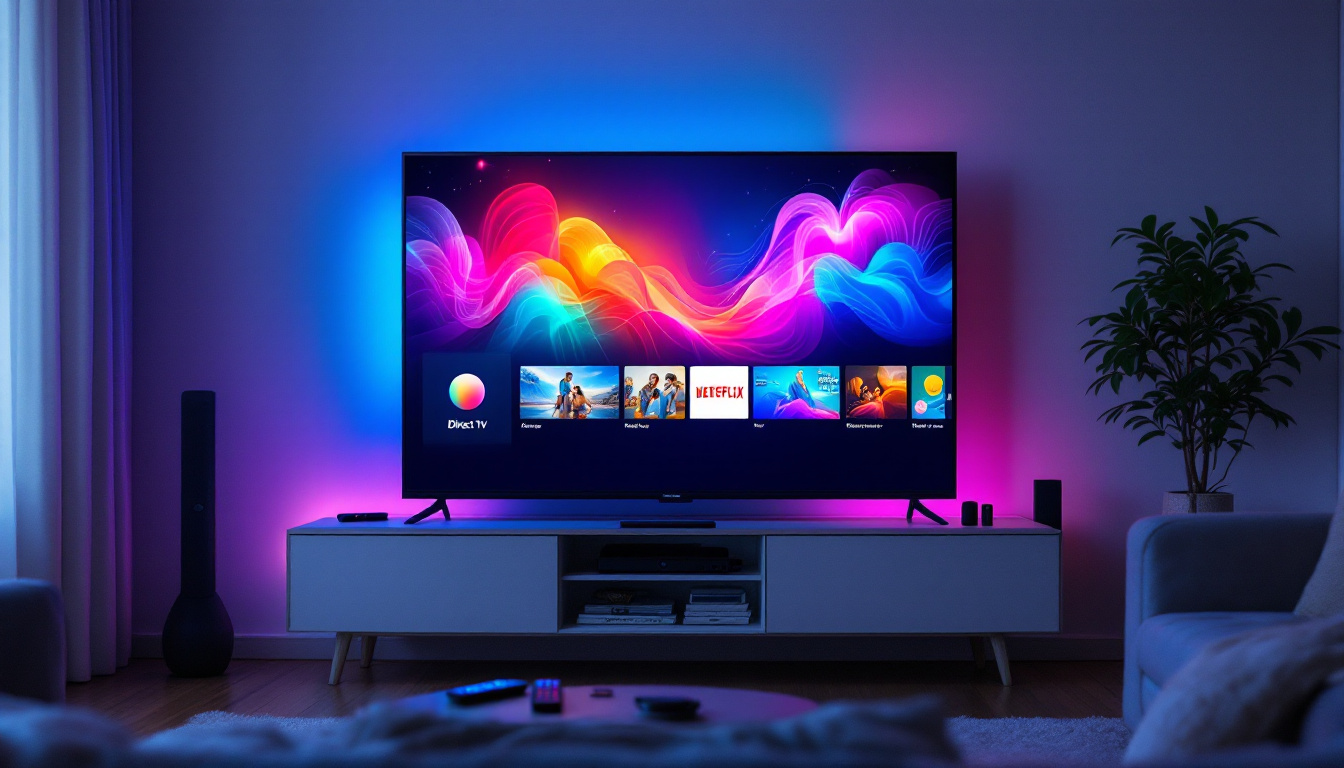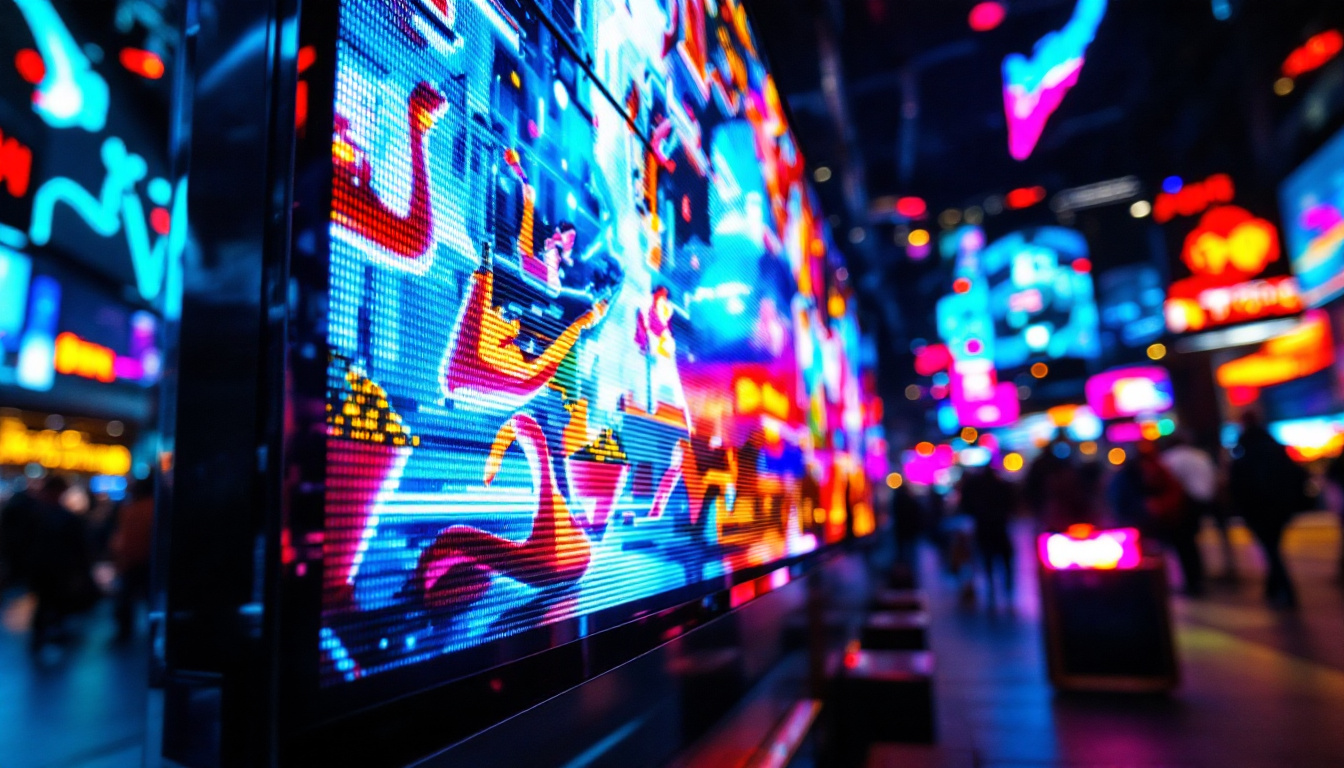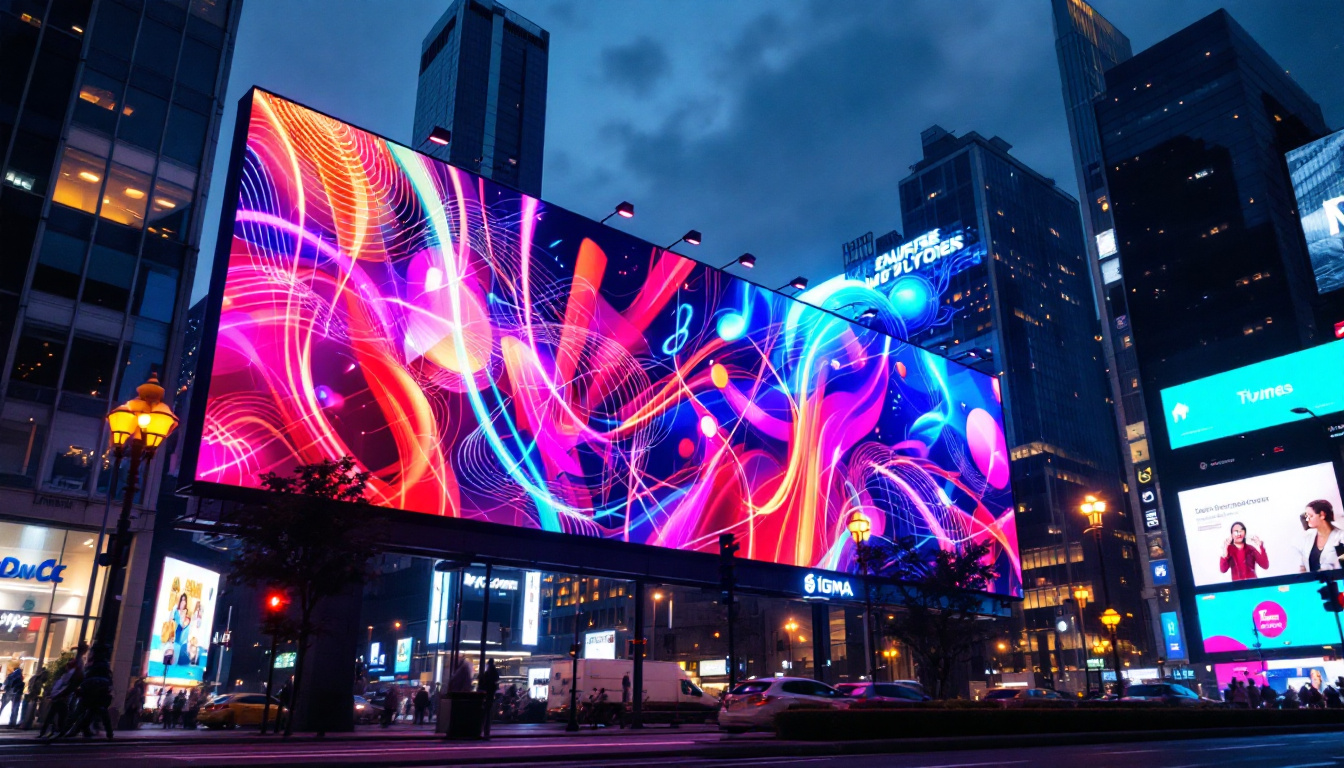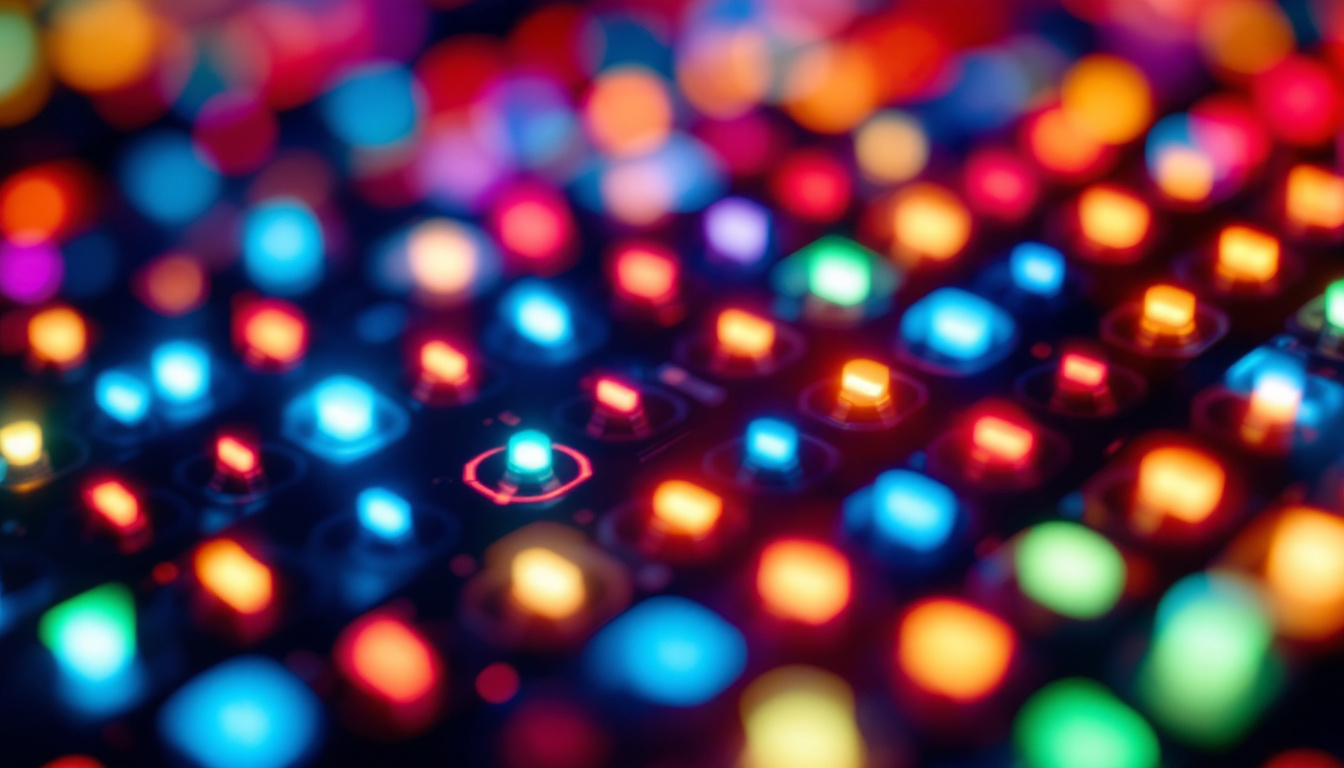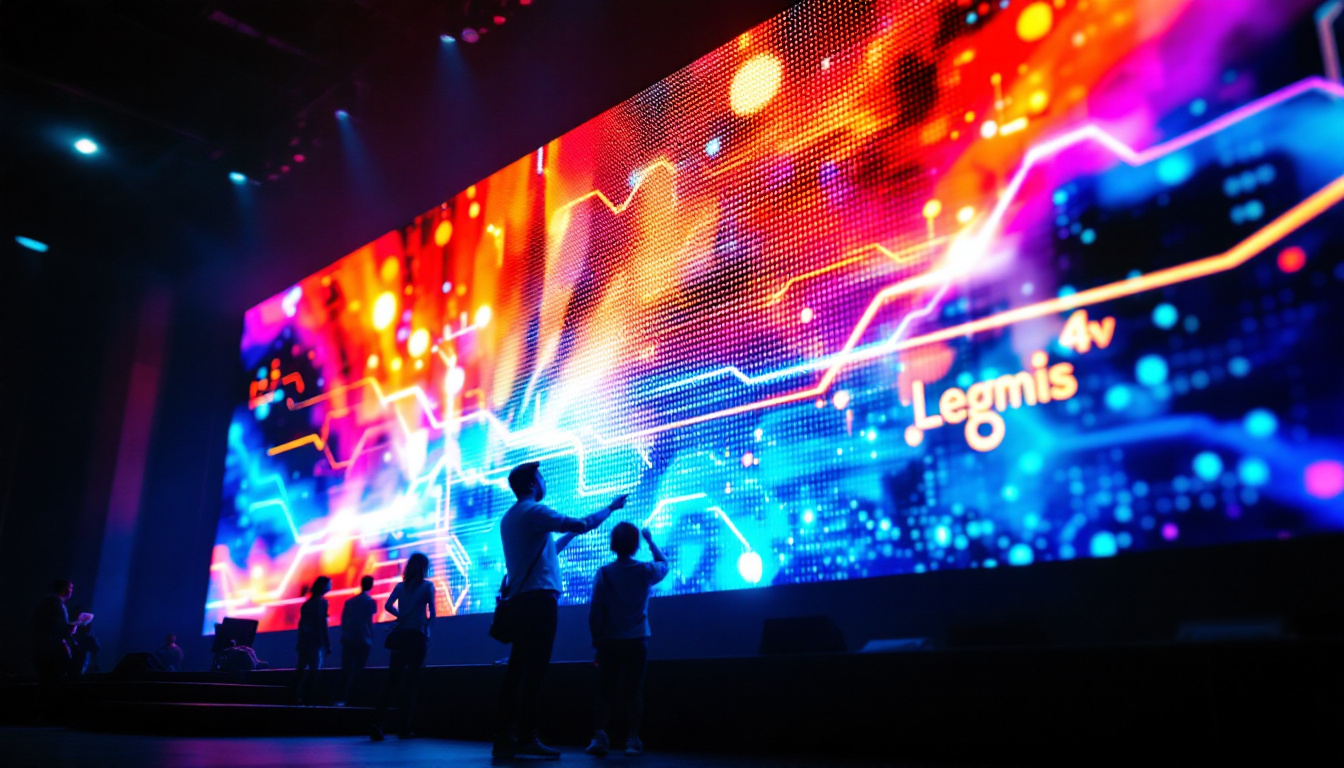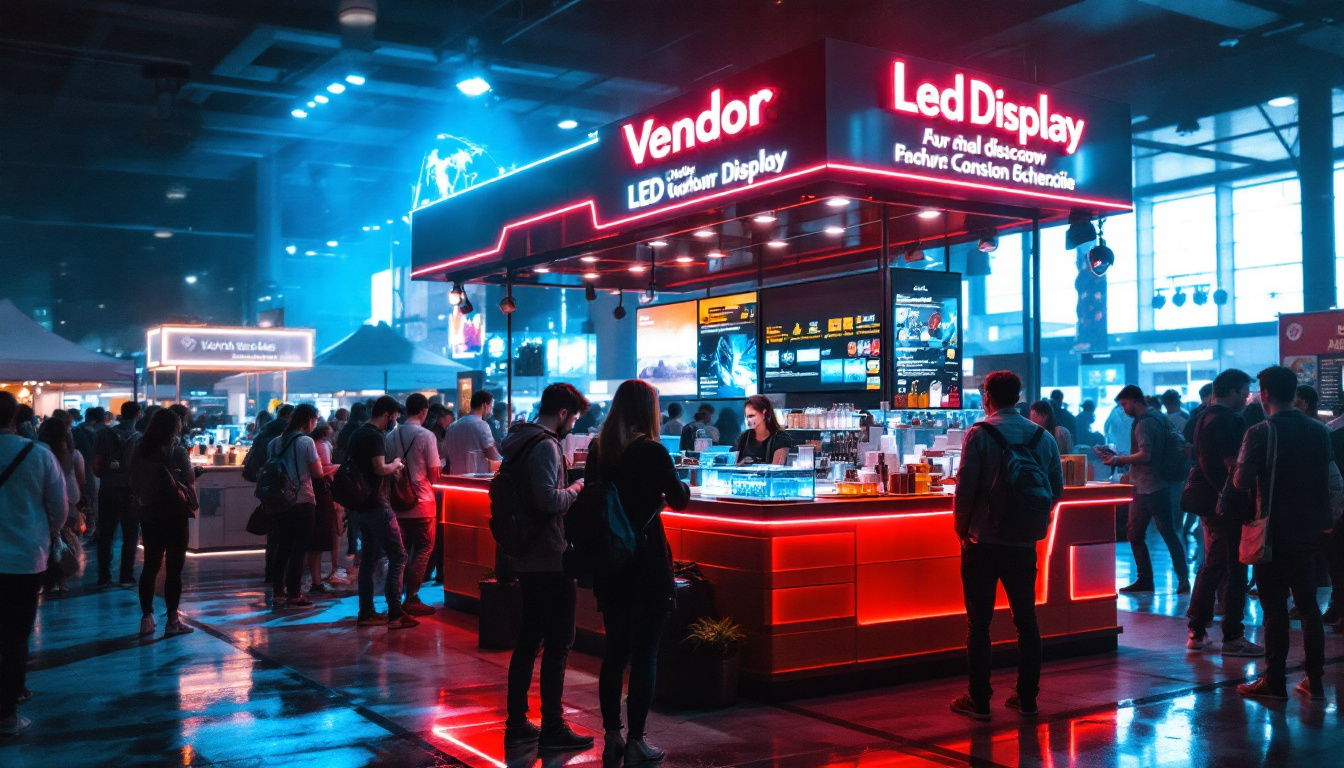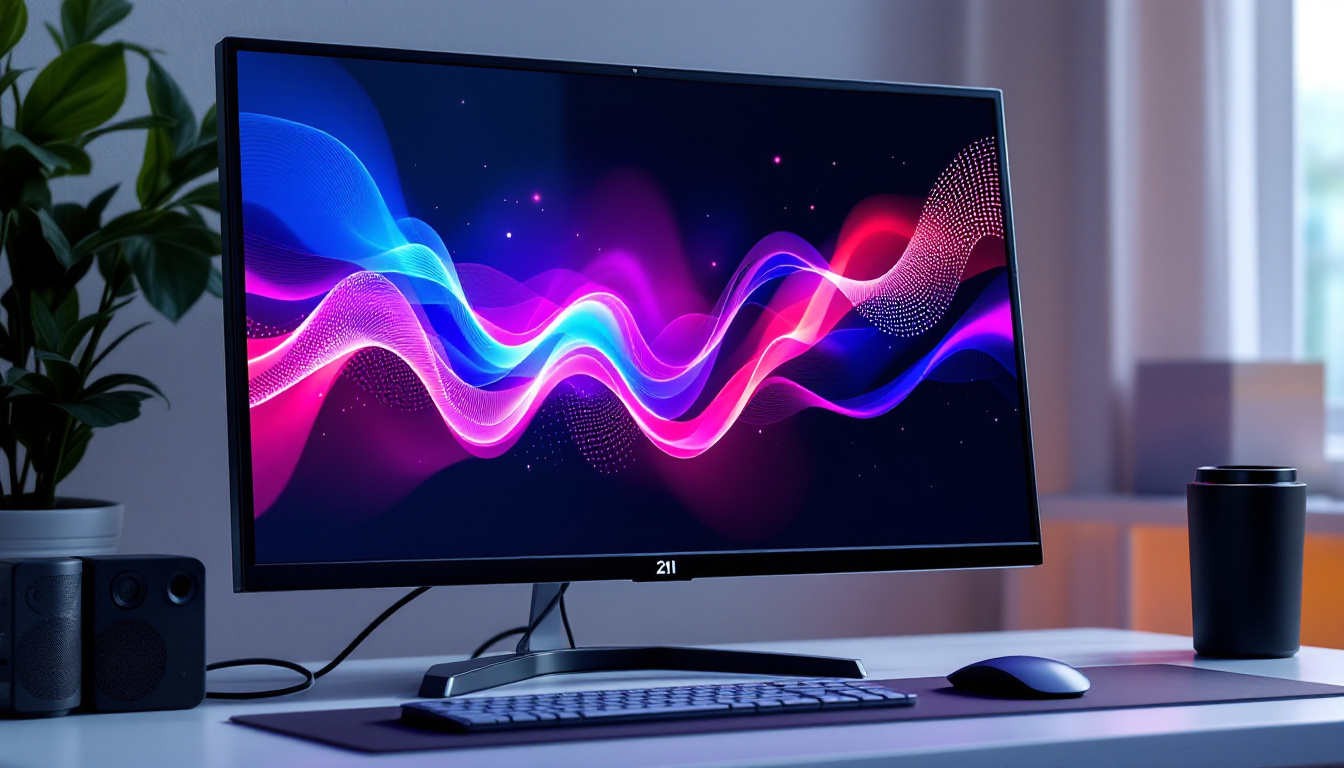In the digital age, pixels form the foundational building blocks of visual displays. Understanding the size and function of a pixel, particularly in LED displays, can enhance one’s appreciation of technology and improve decision-making when selecting screens for various applications. This article delves into the intricacies of pixels, their dimensions, and their role in LED displays.
Understanding Pixels
Pixels, short for “picture elements,” are the smallest units of a digital image or display. Each pixel represents a single point in the image, and when combined with others, they create the visual content we see on screens. The size of a pixel can vary significantly based on the display technology, resolution, and intended use of the screen.
What Determines Pixel Size?
Several factors influence the size of a pixel, including the resolution of the display and the physical dimensions of the screen itself. Resolution refers to the number of pixels displayed in each dimension, typically expressed as width x height. For instance, a 1920×1080 resolution means there are 1,920 pixels horizontally and 1,080 pixels vertically.
To calculate the pixel size, one can divide the screen’s physical dimensions by its resolution. For example, a 24-inch monitor with a 1920×1080 resolution would have a pixel size of approximately 0.27 mm. This measurement is crucial for determining how sharp and clear an image will appear on the screen. Additionally, advancements in display technology, such as OLED and Retina displays, have enabled manufacturers to create screens with smaller pixel sizes, further enhancing image quality and detail.
Pixel Density and Its Importance
Pixel density, measured in pixels per inch (PPI), is another critical aspect of pixel size. Higher pixel density means more pixels are packed into a given area, resulting in sharper images and finer details. This is particularly important for applications where clarity is paramount, such as graphic design, gaming, and high-definition video playback.
For instance, a smartphone with a PPI of 400 will display images more crisply than a tablet with a PPI of 200, even if both devices have similar screen sizes. Understanding pixel density helps consumers make informed choices when selecting devices for specific tasks. Furthermore, as technology continues to evolve, we are witnessing the emergence of displays with ultra-high pixel densities, such as 8K resolution screens, which boast more than 33 million pixels. These advancements not only elevate the viewing experience but also push the boundaries of digital content creation, allowing for unprecedented detail and realism in visual media.
The Role of Pixels in LED Displays
LED displays utilize pixels to create vibrant images and videos. Each pixel in an LED display typically consists of three sub-pixels: red, green, and blue (RGB). By varying the intensity of each sub-pixel, a wide range of colors can be produced, allowing for rich and dynamic visuals. This color mixing capability is fundamental to the technology, enabling displays to reproduce millions of colors, which is essential for applications ranging from advertising to art installations.
Types of LED Displays
There are several types of LED displays, including direct-view LED, OLED (Organic LED), and Mini LED. Each type has its unique characteristics and applications, which can affect pixel size and arrangement. The choice of display type often depends on the specific use case, such as whether the display will be used indoors or outdoors, the required brightness, and the viewing distance.
- Direct-View LED: This type uses individual LED modules to form the display. The pixel size can vary based on the application, with larger pixels often used for outdoor displays to ensure visibility from a distance. These displays are particularly effective for large-scale advertising, sports events, and concerts, where the ability to capture attention from afar is critical.
- OLED: OLED displays have pixels that emit their light, allowing for deeper blacks and higher contrast ratios. The pixel size in OLED displays is generally smaller, enabling higher resolutions. This technology is favored in consumer electronics, such as smartphones and TVs, where image quality is paramount, providing viewers with an immersive experience.
- Mini LED: This technology uses smaller LEDs for backlighting LCD panels, resulting in improved contrast and color accuracy. The pixel size in Mini LED displays is also reduced, enhancing the overall viewing experience. Mini LED technology is gaining popularity in high-end monitors and televisions, as it combines the benefits of both LED and LCD technologies, offering a balance between performance and cost.
Pixel Pitch: A Key Measurement
Pixel pitch, the distance between the centers of two adjacent pixels, is a crucial specification in LED displays. Measured in millimeters, a smaller pixel pitch indicates a higher resolution and better image quality, especially when viewed up close. For instance, a pixel pitch of 1.5 mm is ideal for indoor displays where viewers are in close proximity, while a pixel pitch of 10 mm might be more suitable for outdoor billboards viewed from a distance. This measurement is critical for designers and engineers when planning installations, as it directly impacts the clarity and detail of the displayed content.
Understanding pixel pitch helps businesses choose the right display for their needs, ensuring that the visual content is displayed clearly and attractively. Additionally, advancements in technology are continually pushing the boundaries of pixel pitch, with manufacturers developing displays that can achieve ultra-fine pitches, allowing for even greater detail and resolution. As pixel technology evolves, we can expect to see applications in areas such as virtual reality and augmented reality, where high pixel density is essential for creating lifelike experiences.
Applications of LED Displays
LED displays are versatile and can be found in various applications, from advertising and entertainment to medical and educational settings. Each application may require different pixel sizes and configurations to achieve optimal performance.
Advertising and Billboards
In the advertising sector, LED displays are commonly used for billboards and digital signage. These displays often feature larger pixel sizes, allowing for visibility from long distances. The choice of pixel pitch is critical, as it affects how well the content can be seen and understood by passing pedestrians and drivers.
For instance, a billboard with a pixel pitch of 16 mm may be suitable for highway advertising, where viewers are far away, while a shopping mall display might require a pixel pitch of 5 mm to ensure clarity for close-up viewing.
Broadcast and Entertainment
In the entertainment industry, LED displays are used in concert venues, sports arenas, and television broadcasts. Here, pixel size and density are essential for delivering high-quality visuals. Large screens with smaller pixel pitches are preferred to create immersive experiences for audiences.
For example, a concert stage may feature an LED wall with a pixel pitch of 3 mm, allowing for detailed visuals that enhance the performance. Similarly, sports broadcasts utilize high-resolution LED screens to display instant replays and graphics, ensuring viewers do not miss any action.
Medical and Educational Uses
In medical settings, LED displays are used for imaging and diagnostics. high-resolution screens with small pixel sizes are essential for displaying intricate details in medical scans. Similarly, educational institutions utilize LED displays for presentations and interactive learning, where clarity and detail are paramount.
In both cases, the ability to accurately represent images and data can significantly impact outcomes, making the choice of pixel size and display technology critical.
Future Trends in LED Display Technology
The LED display industry is continuously evolving, with advancements in technology leading to new possibilities for pixel size and performance. Several trends are shaping the future of LED displays and how pixels are utilized.
MicroLED Technology
MicroLED is an emerging technology that utilizes microscopic LEDs to create displays. This innovation promises to deliver even smaller pixel sizes, resulting in higher resolutions and improved color accuracy. MicroLED displays are expected to revolutionize various applications, from consumer electronics to large-scale installations.
The potential for MicroLED technology to achieve pixel sizes that are almost imperceptible to the human eye could lead to displays that provide an unprecedented viewing experience, enhancing everything from gaming to cinematic visuals.
Flexible and Transparent Displays
Another trend is the development of flexible and transparent LED displays. These displays can be integrated into various surfaces, such as windows and walls, allowing for innovative advertising and design solutions. The pixel size in these displays will need to be optimized for different applications, balancing visibility and aesthetics.
As flexible displays become more mainstream, they will open up new avenues for creativity in advertising and architecture, challenging traditional concepts of display technology.
Increased Focus on Sustainability
With growing environmental concerns, the LED display industry is also focusing on sustainability. This includes developing energy-efficient displays and materials that reduce environmental impact. As manufacturers strive to create eco-friendly products, the design and construction of pixels may evolve, leading to more sustainable display options.
By prioritizing sustainability, the industry can contribute to a greener future while still delivering high-quality visual experiences.
Conclusion
Understanding the size and function of pixels is essential for anyone interested in LED display technology. From determining pixel size and density to exploring the various applications and future trends, this knowledge can significantly enhance the viewing experience and inform purchasing decisions.
As technology continues to advance, the role of pixels in LED displays will only become more critical. Whether for advertising, entertainment, or education, the ability to deliver clear, vibrant images will remain paramount. By staying informed about pixel technology, consumers and businesses alike can make better choices that align with their needs and preferences.
In summary, pixels are not just mere dots on a screen; they are the essence of digital imagery, shaping how we perceive and interact with visual content in our everyday lives.
Discover the Future of LED Displays with LumenMatrix
Ready to experience the pinnacle of LED display technology? LumenMatrix is at the forefront of innovation, offering a wide array of LED display solutions that bring your visual communications to life. Whether you’re looking for Indoor LED Wall Displays, Outdoor LED Wall Displays, or specialized options like Vehicle LED Displays, LED Sports Displays, and Custom LED Displays, LumenMatrix has the cutting-edge technology to elevate your brand’s presence. Embrace the revolution in visual storytelling and check out LumenMatrix LED Display Solutions today to create unforgettable visual experiences and share your message with unparalleled clarity and impact.

